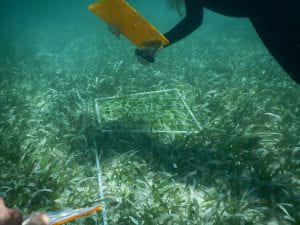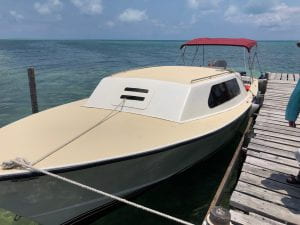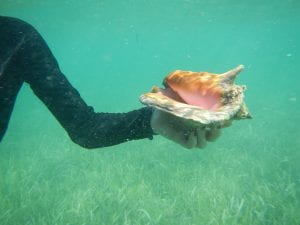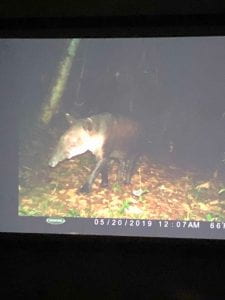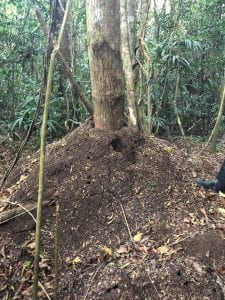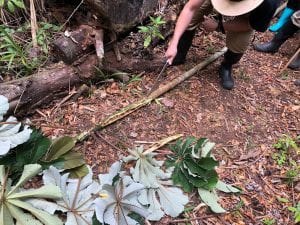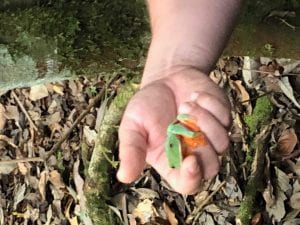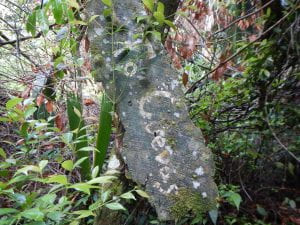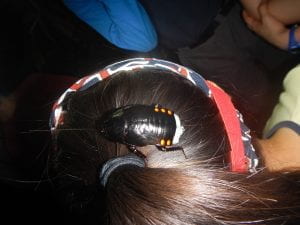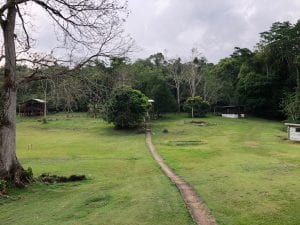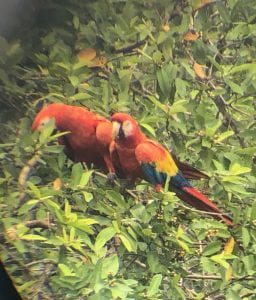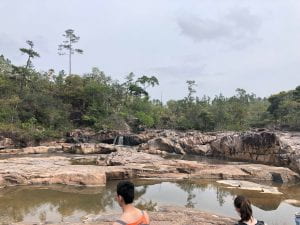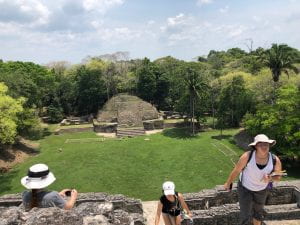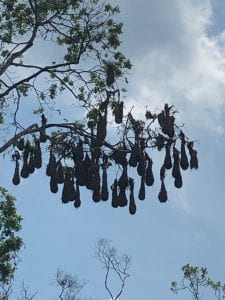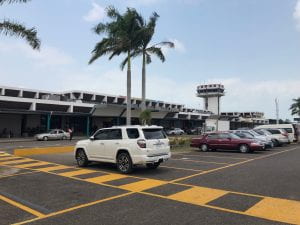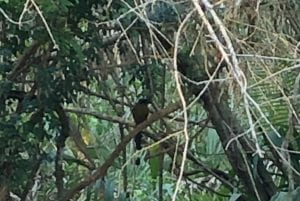The weather was nice this morning, so we tried to do as much as we could. While I could still taste the tortillas from breakfast, we were on a boat to a patch reef in the Marine Protected Area (MPA). There we conducted a survey looking at the reef’s coral coverage which we will later use to compare MPA’s and non-MPA’s (where fishing can occur). At this reef, I was able to see what looked like some kind of heart urchin test, as well as what may have been a Reef Urchin or possibly a Rock-Boring Urchin since I found it in a hole in a rock (I couldn’t really see its color). We then boated over to a non-MPA reef where we conducted a similar survey, and there I was able to see some massive Diadema Antillarum, a Slate Pencil Urchin, and even a Brittle Star. I also saw a flamingo tongue which was really cool.


After lunch, we were able to do a collection activity where we waded into the shallows on the windward side of the island and tried to collect as many “safe to touch” things as possible within about an hour. We collected way more interesting specimens than I thought we would, including some awesome echinoderms! We were able to find a Slate pencil Urchin, a Reef Urchin, a Red Heart Urchin, a couple Brittle Stars, a Diadema Antillarumtest, a large West Indian Sea Egg (which I was able to find and when I picked it up it was covering itself with seagrass using its tube feet), and even two Donkey Dung Sea Cucumbers which Kaela found (plus it’s her birthday WOOO)!!! We were also able to find a bunch of different algae- including pink segmented algae- as well as a lot of conches, a mantis shrimp, and even an octopus!

We were able to see a lot of echinoderms today and it was a stark contrast to the previous two days where we didn’t see any, and I’m definitely not complaining. I’m super excited to get back out there and see what else we can find.
I’m hoping that we’ll be able to see a Chocolate Chip Sea Cucumber or some starfish like the Cushion Star at some point! Maybe we will tomorrow!

